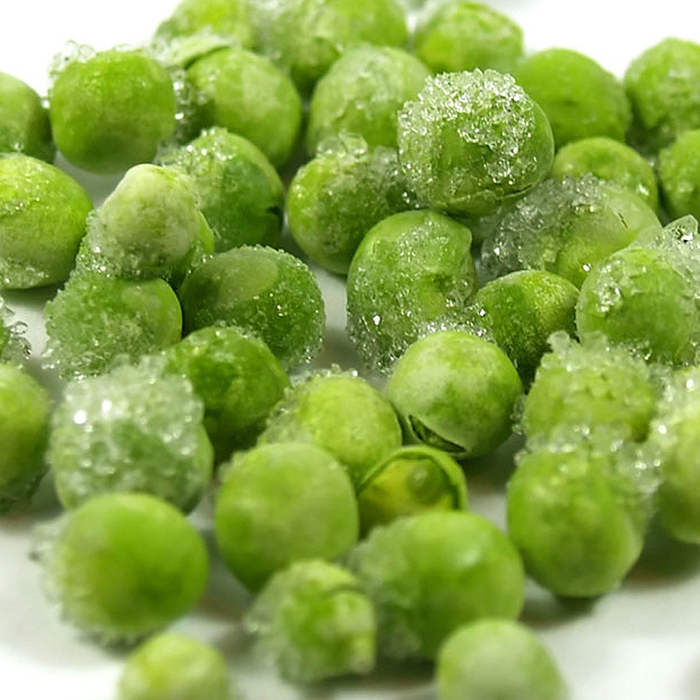The summer has offered many hot days and in some places we have broken heat records. The situation is the same throughout Europe, where further south you have real problems with the heat, for example in terms of cultivation etc. Different goods are differently sensitive to temperature changes, but in general you can say that refrigerated and frozen goods are more sensitive and it is important here that you do not breaks the cold chain. Even on the way home from the shop to your own fridge. What should you think about when it comes to the handling of tempered products?
We are in the middle of what the old Bondepraktikan called the rot month. A month-long period that starts at the end of the Fruntimmersveckan, i.e. one of the dates 22, 23 or 24 July. However, it had already been established in Roman times that during this time of year the conditions in terms of heat and humidity were the worst for many foods, while at the same time it was ideal for bacteria and mold – not a good combination. Then it’s probably the case that the bacteria don’t care what date it is on the calendar, it’s the heat and moisture they want.On the Swedish Food Agency’s website, you can find many good tips in Swedish on what you as a private consumer should think about in order to handle your goods in the best way, but what applies to professional handling and transport of food?
When handling tempered goods, it is important to keep track of the temperatures that apply and that you do not break what we usually call the cold chain. A food chain is a temperature-controlled supply chain that helps ensure the shelf life of food. It starts with production and ends in the consumer’s refrigerator. In between, there can be many steps with warehousing, handling and transport. But what kind of degree counts then?
For frozen and chilled foods, it can generally be said that handling, storage and transport should take place at a temperature that ensures that health hazards cannot arise. Here, we within Tempcon Group work closely with our customers so we get credibility in our services that are adapted to the customer’s unique wishes. The general rule is that the stated product temperature of the packaging must be maintained throughout the distribution chain unless otherwise required by legislation or other guidelines. We must then add a so-called temperature reserve to the product temperature. The temperature reserve means that the product in connection with production is cooled or frozen to a lower temperature than the prescribed product temperature. This is done to enable co-storage, co-loading and normal handling outside temperature-controlled areas.
The statutory product temperature for frozen foods is -18oC. Experience from the industry then means that we must add a temperature reserve of 2 – 7oC to that level. This means that transports with frozen food must take place in the range -20 – -25oC, depending on the product. Ice cream and bread, for example, which are very sensitive to temperature variations, should be closer to the lower range than, for example, completely frozen meat needs to do.
When it comes to chilled foods, there are slightly bigger differences. Here, a distinction is usually made between non-animal products, products of animal origin and vegetables. With regard to the latter, such as fruit, berries and vegetables, there are no detailed regulations for the temperatures, but here it is the responsibility of each individual supplier to state which temperatures apply. Even with regard to chilled products, you must have a temperature reserve. It must be at least 2oC. In general, it can be said that animal products such as egg and milk products should be transported in a range of 0 – + 4oC, non-animal in the range +2 – + 8oC and vegetables +6 – + 12oC. Information about the correct transport temperature must be available on the shipping documents you receive from the supplier.
If you want to know more about the correct temperature during storage and transport, you can read the national industry guidelines for frozen and chilled food, which you can find, among other things, on the Swedish Food Agency’s website. Also have a look at the Swedish daily grocery store’s industry guidelines for advice and tips. You can also take part in a document with many good tips and ideas on the subject from Länsförsäkringar HERE. Also in Swedish.
